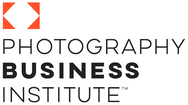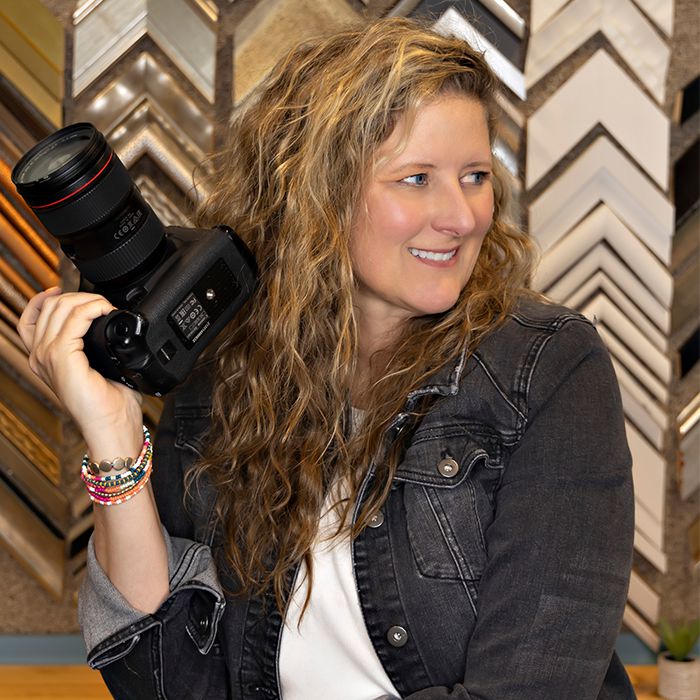181 – The 3 Numbers I Look at in My Photography Business To Make Sure It’s Healthy
Should you hire an employee?
Get a studio?
Invest more in marketing?
The answers are in the numbers to keep your business healthy and growing.
Today, I am going to cover the three numbers I look at daily to make sure my photography business can keep going.
I know the feeling that you get when you’re looking at your numbers and it feels scary.
I’m here to break it to you…
If you have a bank account and you want to put money in it, that is full of math.
Let go of that thought that you’re not good at math and you don’t like it, and let’s start with some great habits.
If you start when your business is smaller, it will be easier to make the decisions to help you get a bigger business if that’s what you want.
Here are the three numbers I look at almost every day, especially in months where I’m not hitting my financial goals.
1. What Comes Into My Bank Account
The first thing that I look at and track every day is what comes into my bank account.
This is income.
This is how I know what my daily cash flow is versus my projections.
For example, I projected $5,000 in revenue for this month.
As I’m adding up every day deposits, I see $200 and $400 coming in, and by mid-month I should be at $2,500 and have a plan of how I’m going to get to that $5,000.
If I don’t look at that number, I’m just plain blind.
I’ve been in business 25 years and the first thing I do in the morning almost every day is I open my business bank account and I look at where I am for the month.
Instead of just getting up and doing things, I need to know what activities are most important for me to be working on.
If I’m short toward that $5,000, I need to go figure out how I’m going to make that money.
2. My Accounts Receivables
Looking at the bank account alone doesn’t tell me the whole story.
For example, if I’m trying to get to $5,000 this month that I’ve only had $1,000 deposited, that can freak me out.
This is where my accounts receivables come in.
This is one of those accounting terms that can get confusing, because the word receivable implies that it has been received.
Receivables are income that you’ve sold, but the income hasn’t come in yet.
For example, you had a client last month who ordered $3,000 worth of artwork.
She gave you $1,000 last month, so this month she owes you $2,000 and it may not come in this month, but you know you have $2,000 in receivables for that client.
If you’re looking to get to that $5,000 and you’ve collected already $1,000 this month from a couple clients and you have $2,000 in receivables, you are going to go finish that client’s order and get it so she can pick it up this month and then you’re going to be at three of the $5,000.
In a perfect world, that’s ideal, but also, what if she’s sick or she’s traveling or she just wants to spread out her payments a little more?
You can’t count on that.
So my goal in my business is to have twice as many receivables as my monthly goal.
So if I sit down the first week of the month and I have a $5,000 goal and I’m at $4,000 left that I need to collect, I want to have $8,000 in potential income that’s sitting out there.
3. My Expenses
I need to look at my expenses because if we’re only looking at the money coming in and we’re not looking at the money coming out, we’re doing a disservice to our business.
And truly, this is where companies get into cash flow trouble.
We start by keeping our eye on the expenses.
If we are managing our income and we’re hitting our goals and we’re managing our expenses at the bottom of the sheet, you’re going to show some profit, which is exciting.
So without getting in the weeds too much, just know that if you hit your top line revenue goal, which is how much money you want to bring into your business this month, and then you also hit your expenses goal, so you’re not spending more than that, you will have a profit.
It’s when people blindly assume that if they have customers, they will have a profit, and I think that’s when businesses get into trouble.
I started doing this when I was a baby business, and it was so much easier.
Then it became a habit.
If you’re not paying attention to your numbers, you can get out of whack really quickly and then all of a sudden, you’re panicking and you’re having to have a discount.
Then you’re attracting the wrong buyers and you’re doubting your prices, and then you’re not profitable again.
So make this a habit if you want to grow your business, and don’t be afraid of your numbers.
It’s scarier not to know.
Knowledge is power.
Download the Episode Transcript Here









